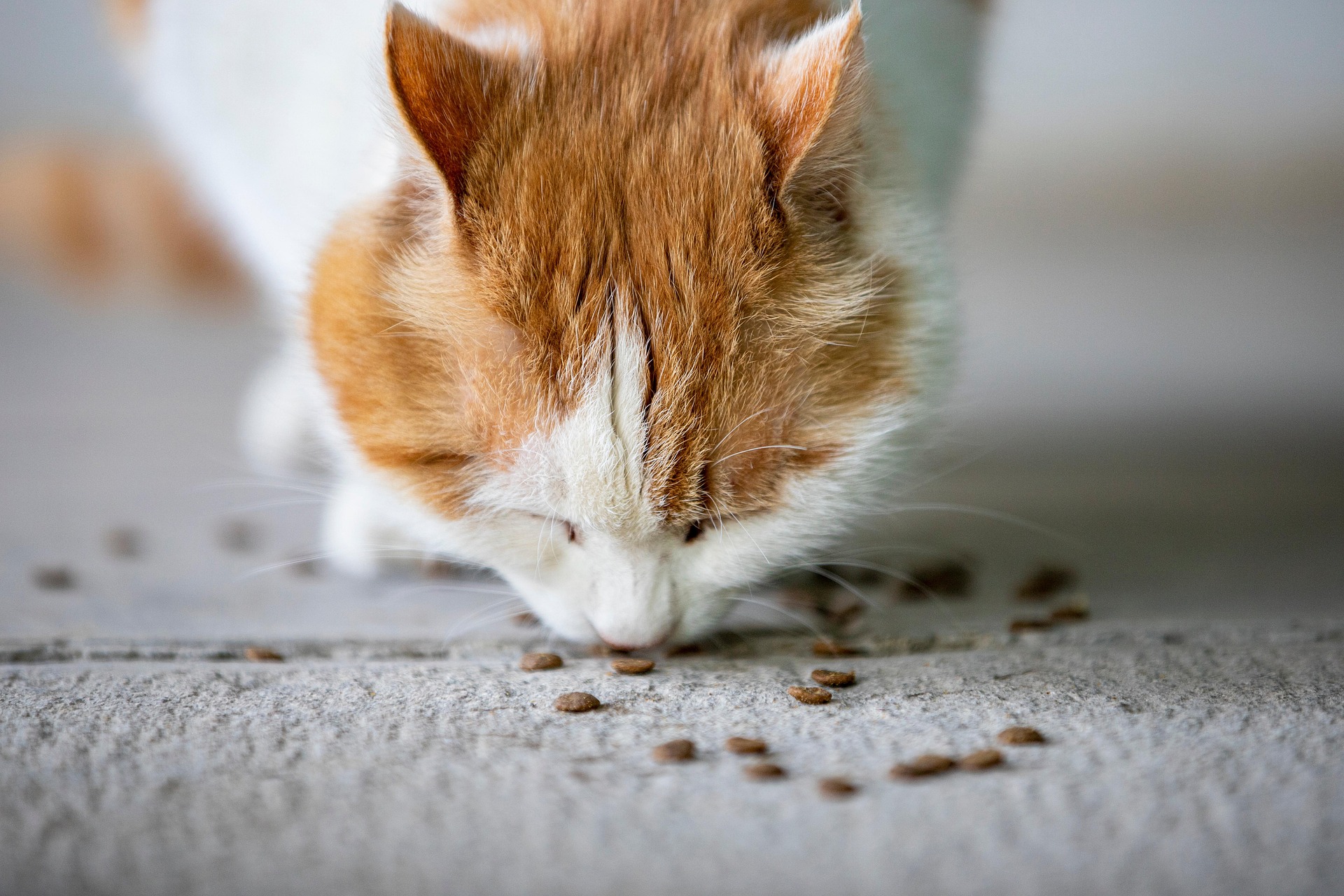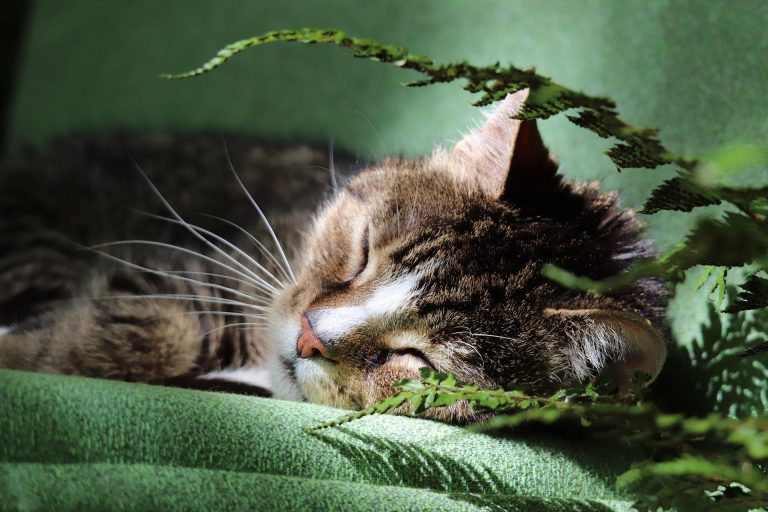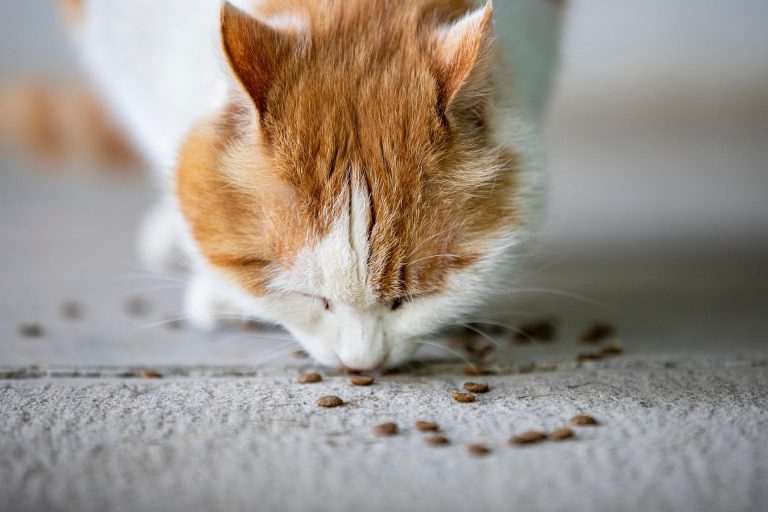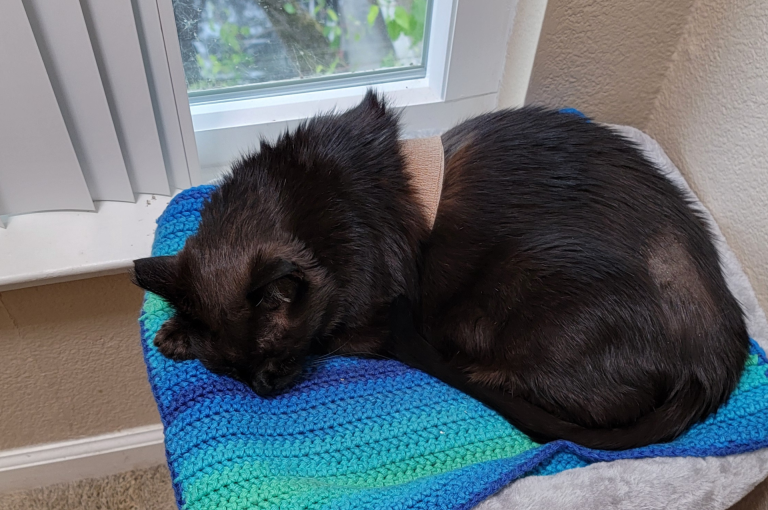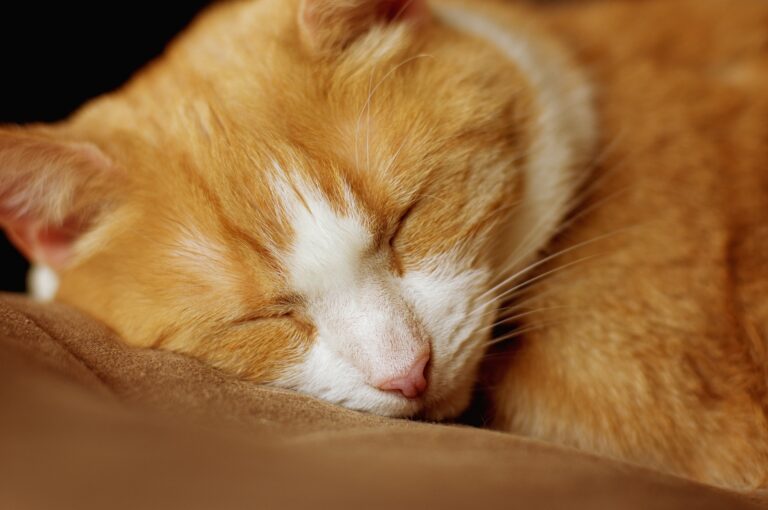Category: Feline Diabetes
Tags: Feline Diabetes, Diabetic Cat Care, Feline Nutrition, Home Testing, Diet
When your cat is diagnosed with diabetes, it’s natural to feel overwhelmed — but feeding is one of the simplest and most powerful ways to help. Rather than relying on expensive prescription “diabetic” foods, most cats do best on low‑carbohydrate, high‑protein wet diets.
Why Low-Carb, Wet Food Matters
Cats are strict carnivores and thrive on wet foods composed primarily of animal protein and fat. Canned diets typically contain over 50% protein, 20–40% fat, and under 10% carbs—ideal ratios for diabetic cats. In contrast, dry kibble can contain 30–40% carbohydrates, which fuel blood sugar spikes and hamper insulin therapy.
Low‑carb diets are not just better—they’re essential. Studies show over half of diabetic cats on these diets significantly decrease insulin needs, and up to one‑third achieve full remission. However, this potent effect means you must adjust insulin accordingly when switching to low‑carb food to avoid dangerous hypoglycemia.
Why Specialty “Diabetic” Foods Aren’t Necessary
Many veterinarians recommend prescription diabetic foods, but these often contain high levels of carbohydrates, low‑quality proteins, and plant fillers—ingredients that aren’t suitable for an obligate carnivore like your cat. In fact, it’s been shown time and time again that a species‑appropriate canned diet with under 10% carbs delivers better blood sugar control and is more likely to support remission.
Why would they recommend it? The truth is, a lot of vets receive limited nutrition training in school, and what they do learn often comes from representatives of major pet food companies. Brands like Hill’s, Purina, and Royal Canin have a strong presence in veterinary clinics, and they heavily promote their prescription lines as the go-to option for managing chronic conditions like diabetes.
These prescription foods are often marketed for diabetes but still contain 20–30% carbs—too much for a carnivore like a cat. Most vets simply haven’t seen the powerful results of a low-carb diet because it’s not part of standard clinic protocols. They’re not steering you wrong on purpose—they just may not realize there’s a better, simpler option.
What to Feed: Practical Options
Stick with canned pâtés or plain meat broths—brands like Friskies Classic, Fancy Feast Pâté, and Wellness Grain‑Free are all viable low‑carb choices. Avoid gravy- or sauce-heavy styles as these may include added carbs . Even canned stews can sneak in sugars. If you prefer to make food at home, follow recipes carefully and work with your veterinarian or a board-certified nutritionist to ensure nutritional balance.
Below is a link to our forum where we list popular food charts for different countries or ingredient goals. These charts are meant to be a starting point, it is an incredible task to keep resources like this updated (and companies can change recipes), so please do your own research before blindly following the information in these links.
Felinediabetes.org – Food Charts – USA, Canada, Mexico, etc
Felinediabetes.org – List of Low Carb Healthy Treats
Feeding Schedule: Find What Works
The old advice to feed only twice a day with insulin injections is outdated. Most diabetic cats do better with small, frequent meals spread throughout the day and night. This approach helps keep blood sugar more stable and aligns with a cat’s natural tendency to graze.
If you’re using a long-acting insulin like Lantus or the biosimilars, there’s no need to limit meals to shot times. Many caregivers feed every few hours or even leave out low-carb wet food for free feeding. The key is consistency and watching how your cat responds. Frequent feeding reduces glucose spikes and crashes, and can make your cat feel more satisfied and energetic.
Just remember: any major changes to feeding schedules should be paired with blood glucose monitoring so you can adjust insulin dosing and help keep your cat safe.
Some of our members use automatic feeders, either with a powered cooling system or ice packs. This allows for your cat to get their meals even if you won’t be around that day.
How to Transition Safely
Switching to low‑carb food must be done carefully:
- Monitor close: For cats already on insulin, start home glucose testing before switching to see where numbers are. As carbs decrease, adjusting the insulin dosage may be necessary.
- Reduce slowly: If your cat is carbohydrate‑sensitive, transition over a week and adjust insulin gradually. Post on our Feline Diabetes Management Board (FDMB) for guidance to help make it as safe as possible.
- Test frequently: While switching, test blood glucose often so you can respond to dips in real-time.
Key Takeaways
- Don’t buy specialty diabetic prescription foods—they’re typically high in carbs and low in nutritional value for cats .
- Choose wet, low‑carb foods (<10% carbs, high protein) like pâtés or plain broths.
- Feed multiple small meals or free‑choice, depending on your cat’s needs.
- Monitor closely, especially during dietary changes, to keep your cat safe and well‑regulated.
More Information
Check out some other topics regarding food and feeding in our Health Links & FAQs section:
- Food Charts – USA, Canada, Mexico, etc
- List of Low Carb Healthy Treats
- Raw Feeding for IBD Cats
- Calculating % Calories from Carbohydrates
- Dr. Lisa’s Cat Food Database Calculator
- Transitioning Dry Food to Wet Food
- How to Stimulate Kitty’s Appetite
- Syringe/Assisted Feeding (Videos and Tips)
- The “Liver Shake” For Sick Cats
- Feed Kitty as Much as They Want – Discussion
- Feeding Lowest/Zero Carb vs Lower Carb Food
- What’s In Your Cat’s Food?
- Dry Food – Consider More Than Carbohydrate Content
- Some Thoughts on Carb Sensitivity
- Using Food to Manipulate the Curve (LLB)
And of course, www.catinfo.org is a great resource for all things feline nutrition.
Feeding a diabetic cat doesn’t need to be complicated—or costly. Stick with real, species-appropriate foods, stay mindful of carbohydrate content, and always pair dietary changes with careful monitoring. With the right approach, you’re setting your cat up for a happier, healthier life—and you may even reduce or eliminate the need for insulin. If you’d like help with insulin adjustment protocols or a sample transition timeline, start a thread on our Feline Diabetes Management Board (FDMB) forum.

